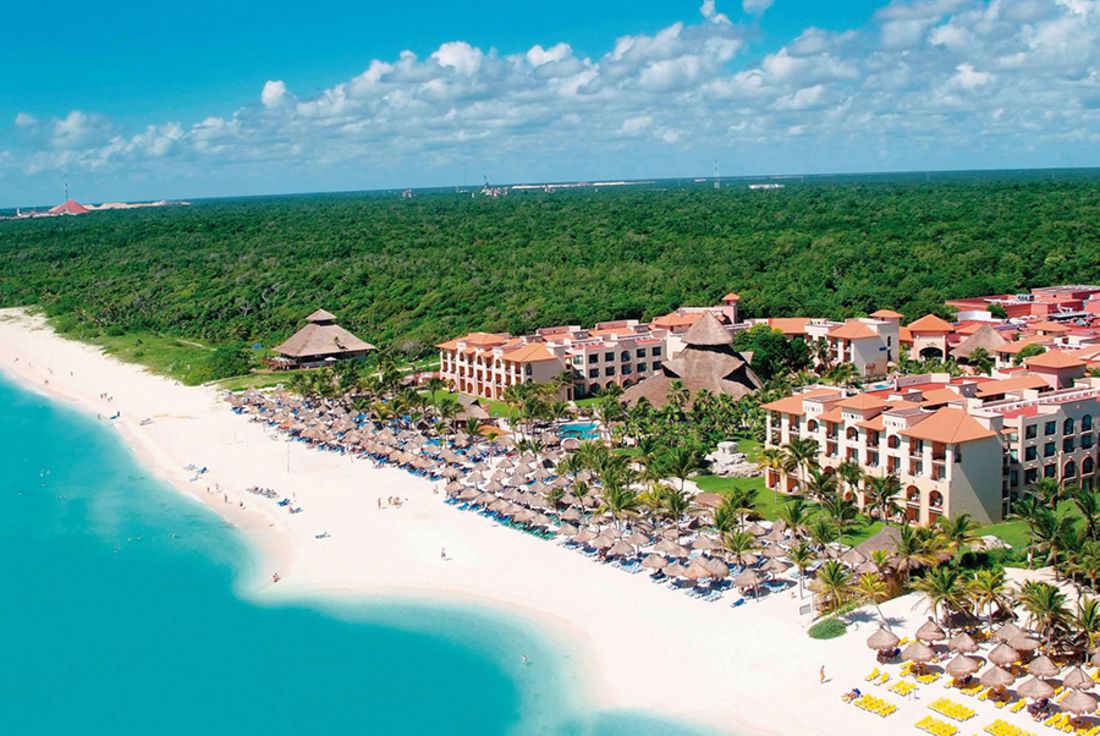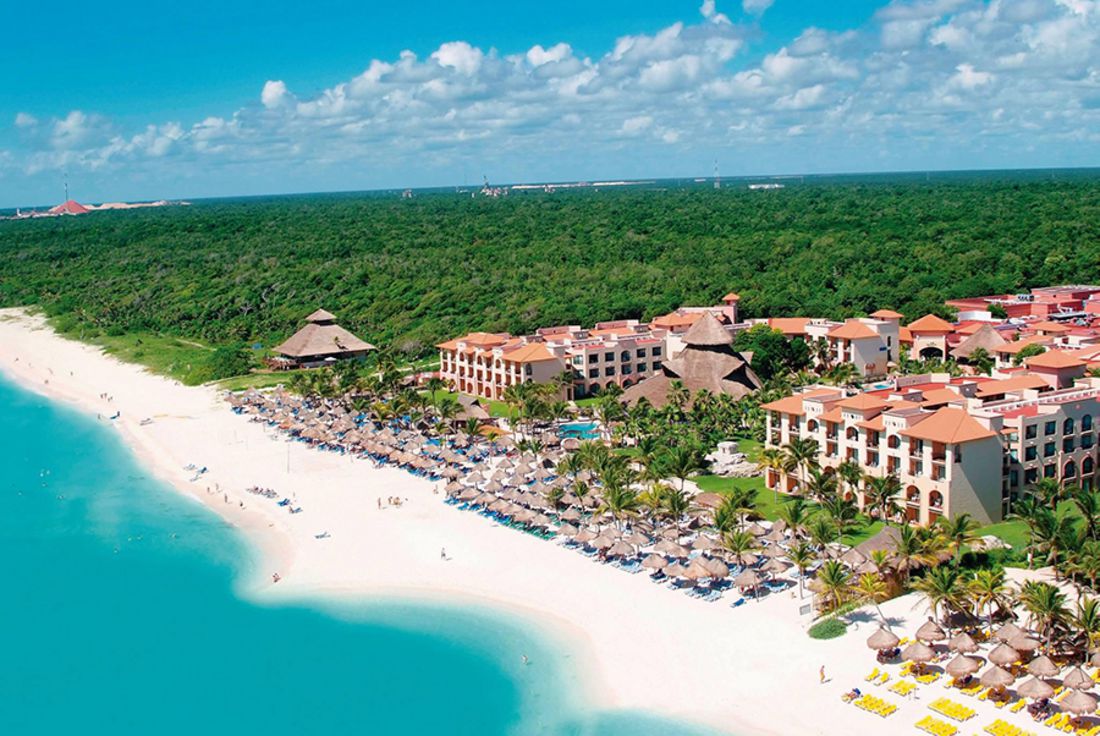
From Vacation to Investment: How Tourism Is Redefining the Real Estate Market
For decades, millions of travelers have come to Mexico in search of beaches, culture, and good weather. Some return every year. Others extend their stay. But in recent years, a growing number of visitors are making a deeper move: they’re not just coming back—they’re buying in.
Tourism is no longer just fueling hotel bookings or tour operators. It’s reshaping how people think about real estate across the country. Entire regions are seeing new demand for homes, condos, and land, not just from locals, but from tourists, remote workers, retirees, and investors who are choosing to turn their favorite destinations into long-term opportunities.
This shift—from vacation to investment—is changing the landscape of Mexico’s property market in subtle but powerful ways.

The Tourist Becomes the Buyer
It’s a familiar story: someone vacations in a beach town or colonial city, falls in love with the lifestyle, and starts wondering what it would take to stay longer—or come back more often. That curiosity turns into a search for a condo, a piece of land, or a second home. Sometimes it’s for personal use, sometimes as an investment, or a mix of both.
In the past, the line between tourism and real estate was fairly clear. Today, it’s increasingly blurred. A week-long stay can lead to a long-term purchase. A temporary rental becomes the first step toward ownership.
This transition is being driven by several key factors.
What’s Behind the Shift?
1. Affordability and Value
In many tourist regions across Mexico, the cost of property is still significantly lower than in the U.S., Canada, or Europe. A beachfront condo that might cost $800,000 in Southern California can be found in certain Mexican beach towns for under $200,000. Even inland, charming homes in colonial towns or countryside communities offer strong value.
This price gap allows middle-class buyers—many of whom are priced out of their home markets—to purchase in places they love to visit.
2. Remote Work and Extended Travel
With the rise of remote work and digital nomadism, people no longer have to separate vacation from daily life. Many are choosing to live abroad part-time or even full-time, bringing their income with them and investing in places where they feel more relaxed, welcomed, and inspired.
Mexico, with its proximity to the U.S., well-developed internet infrastructure in many towns, and low cost of living, is a natural choice.
3. Rental Income Opportunities
Tourism fuels short-term rental demand. Platforms like Airbnb and Vrbo have made it easier than ever for property owners to earn income from vacation rentals. Investors can buy in places with strong tourist appeal and use their homes when they want—then rent them out the rest of the time.
This dual-use model makes real estate ownership more flexible, practical, and financially viable for many buyers.

Real Estate Development Follows the Tourist Path
As more tourists become buyers, and more buyers become investors, developers are taking notice. Entire communities are now being built with this trend in mind—blending hospitality with residential living. These include:
- Gated beachfront neighborhoods
- Mixed-use developments with condos, cafes, and co-working spaces
- Eco-villages near nature reserves
- Boutique hotel-style residences with rental management
These models cater to people who want to own in a place they love—but also want professional services, modern infrastructure, and rental flexibility.
Emerging Hotspots Driven by Tourism
While places like Cancún, Playa del Carmen, and Los Cabos are already established, other regions are rising quickly on the back of tourism growth:
Puerto Peñasco, Sonora
Also known as Rocky Point, this beach town is just a few hours’ drive from Arizona and is attracting both vacationers and real estate investors. Infrastructure projects and a growing tourism push are making it a smart buy—especially before prices climb further.
Caborca, Sonora
Still early in its tourism development, but with beautiful coastal surroundings and increasing attention from developers and long-term investors. Ideal for early-stage land investment.
La Paz, Baja California Sur
Offering a calmer, more authentic alternative to Cabo, La Paz is growing in popularity among travelers and second-home buyers. Its balance of affordability, walkability, and quality of life makes it a strong long-term choice.
Mazatlán, Sinaloa
A cultural gem that’s being rediscovered. With a mix of modern development and restored colonial charm, Mazatlán is increasingly attracting both tourists and foreign buyers.

Challenges and Considerations
Buying property in a tourist destination isn’t without its challenges. Buyers need to understand:
- Legal structures, especially for foreign ownership near coastlines (e.g. fideicomiso trusts)
- Local regulations around short-term rentals
- Infrastructure and access (proximity to airports, roads, utilities)
- Seasonality of tourism and rental demand
That’s why doing due diligence—or working with local experts—is essential.
A New Phase for Mexican Real Estate
Tourism has always been a major driver of economic activity in Mexico. But today, it’s reshaping the property market in a deeper way. Travelers are no longer content with visiting once a year. Many want to plant roots, invest, and become part of a place they love.
This is creating new demand, influencing urban planning, and generating opportunity—not just for real estate investors, but for local economies, hospitality businesses, and entire communities.
In the years ahead, destinations that can balance tourism with long-term livability and smart development will be the ones that thrive.

Peñasco Capital: Helping You Invest Where Tourism Meets Vision
At Peñasco Capital, we understand how tourism trends shape real estate markets. We specialize in identifying high-potential areas in Mexico—especially those on the edge of growth, where buyers and developers can get in early.
Whether you’re looking to purchase a second home, invest in beachfront land, or develop a tourism-driven project, we work to align your vision with real, sustainable opportunity.
Let’s talk about how we can help you turn travel into something lasting.



